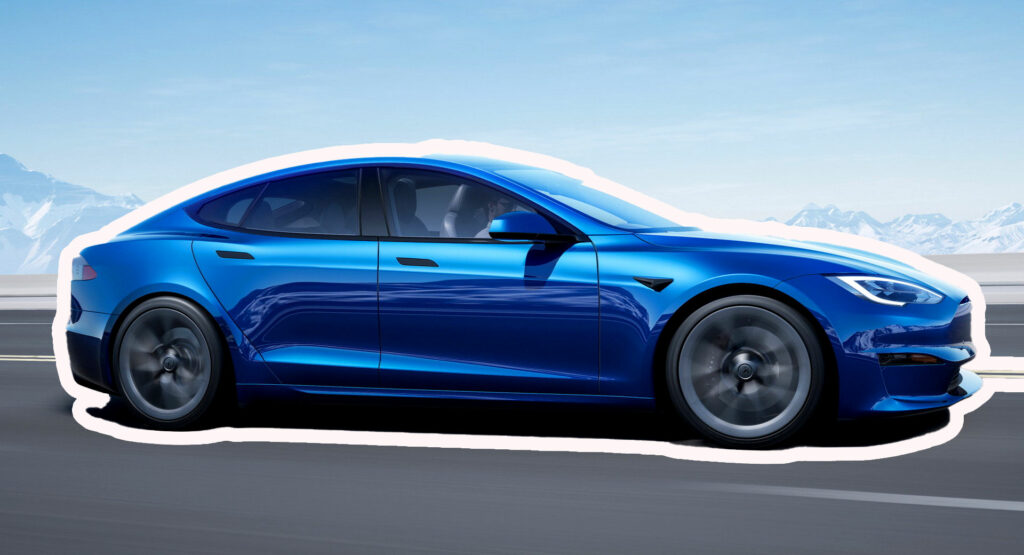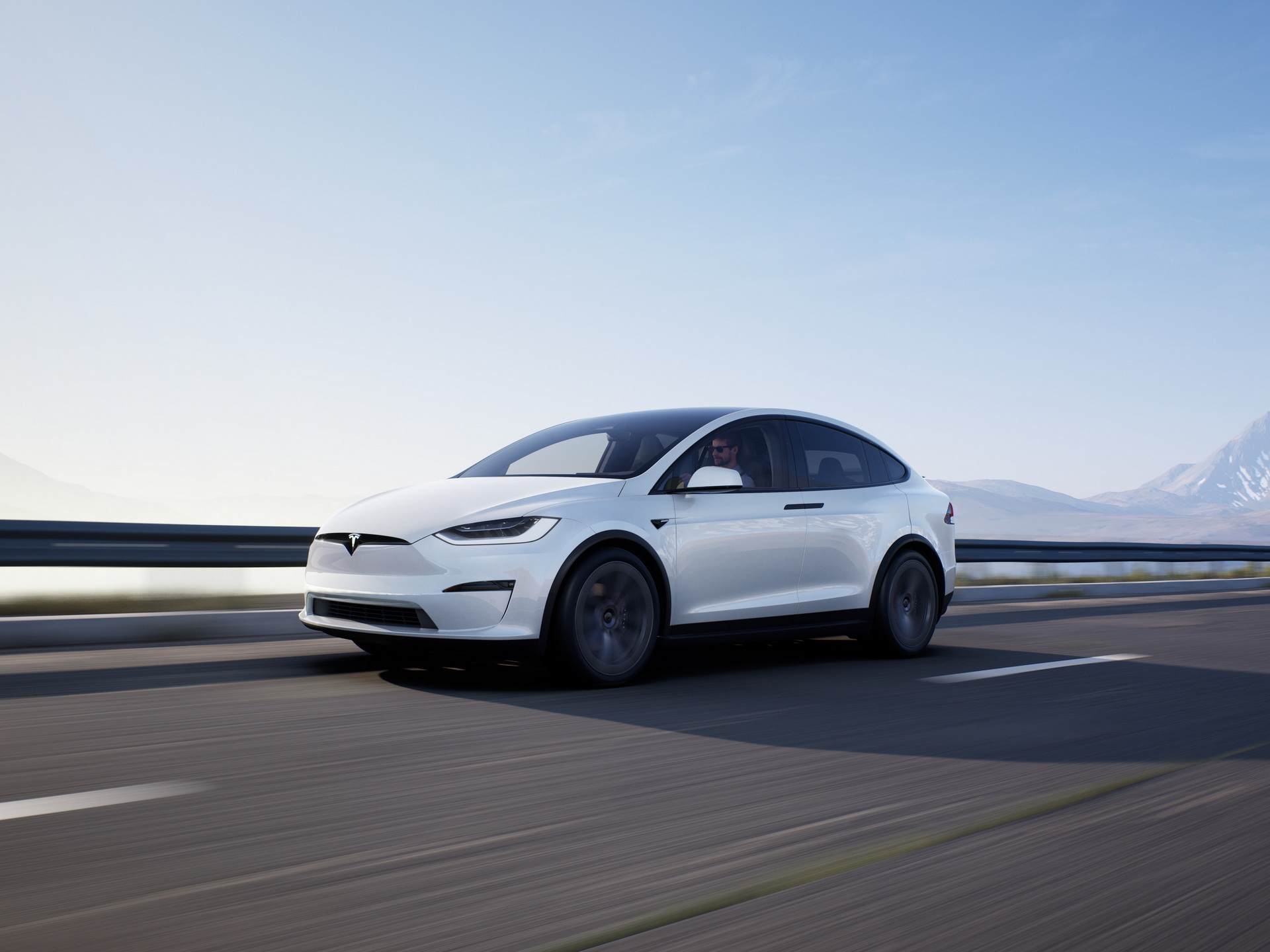Updates give and updates take is a lesson that Tesla drivers are learning. A new recall campaign initiated by the automaker shows how a firmware release can lead to issues in the physical functioning of a vehicle, but can also solve those problems faster.
The recall campaign affects 40,168 examples of the 2017-2021 model year Tesla Model S and X vehicles that received firmware update 2022.36, which was broadly released on October 11, 2022. Included in the update were new calibration values for the electronic power assist steering system.
Intended to better detect unexpected steering assist torque, the new calibration kind of did the opposite. By October 18, Tesla was finding more and more alerts related to the updated power steering calibration.
Read: Tesla Recalling Over 24,000 Model 3 Cars For Loose Seat Belts
According to documents filed with the National Highway Traffic Safety Administration (NHTSA), some Models X or S vehicles with the update could have reduced or entirely lost power steering assist due to forces imparted by the road.
If, for instance, you drive over a pothole or a bump, the vehicle could classify that as an unexpected steering assist torque and that could lead to the above-mentioned effects on the power steering system.
That could, in turn, result in the driver being required to exert much more effort to operate the steering wheel, particularly at low speeds. If the vehicle loses power steering assistance, it could increase the risk of a crash, according to the NHTSA, so Tesla issued a voluntary recall.
Fortunately, drivers will be warned with an audio and a visual alert in the instrument cluster if they lose power steering. Tesla is also not aware of any injuries or deaths related to this issue.
That may be because on October 19, it started releasing firmware update 2022.36.5, which reverted the calibration for the power steering system to their pre-October 11 values while engineers investigated the issue and its root causes.
Tesla writes that, as of November 1, more than 97 percent of affected vehicle had installed the second (or later) firmware update and they do not need to take any further action. The remaining less than three percent can also receive the update free of charge, over the air.






